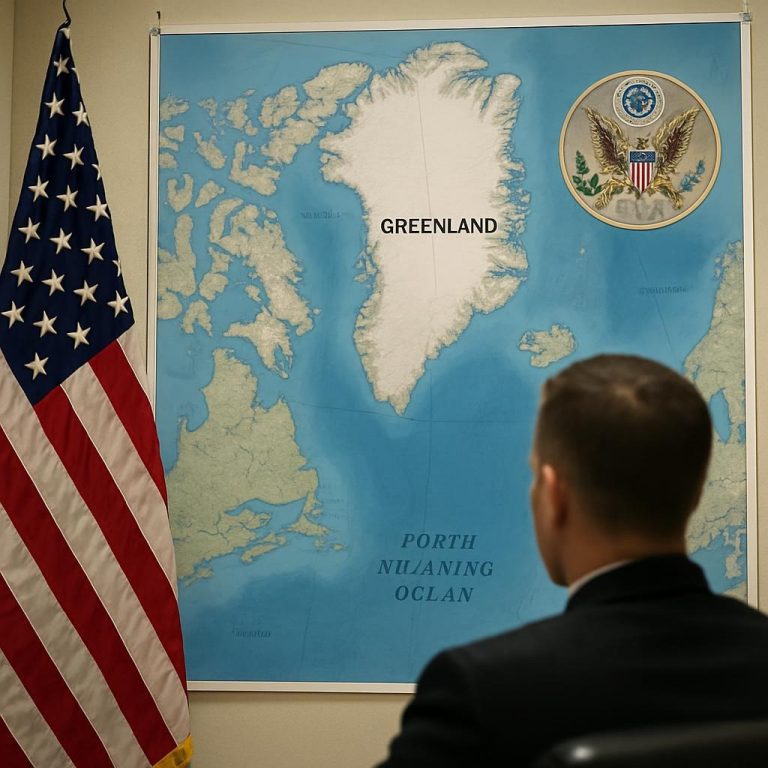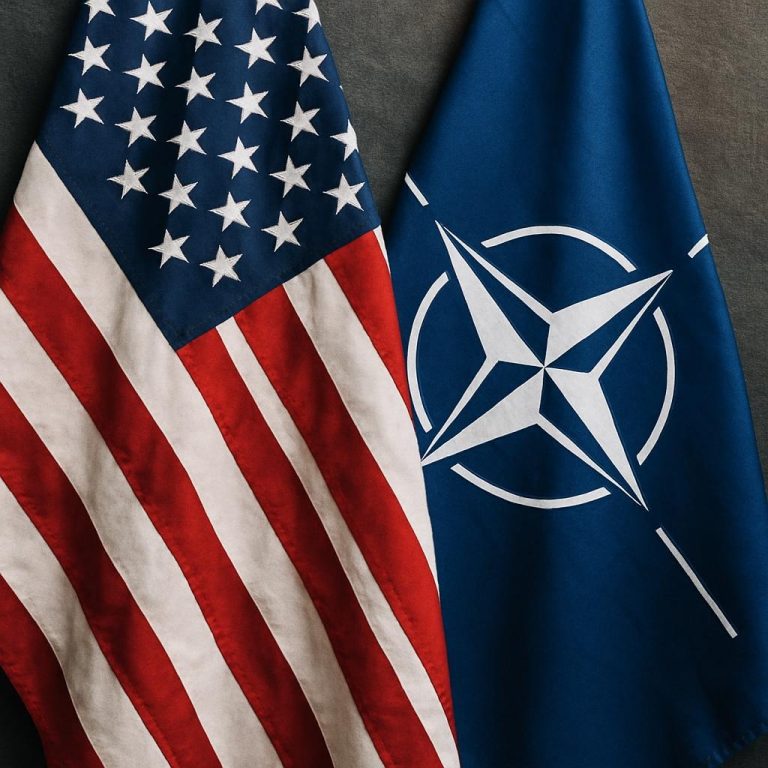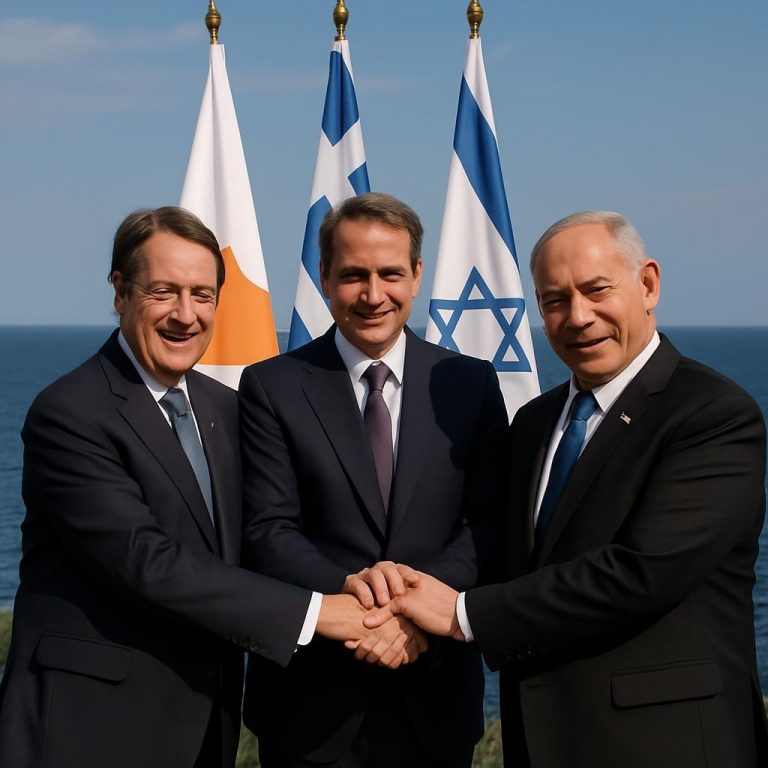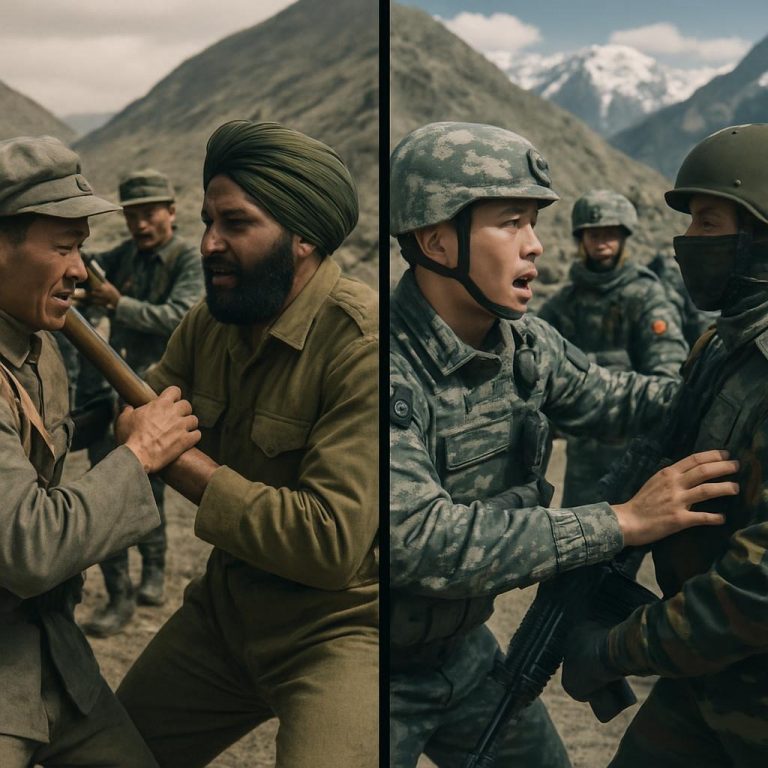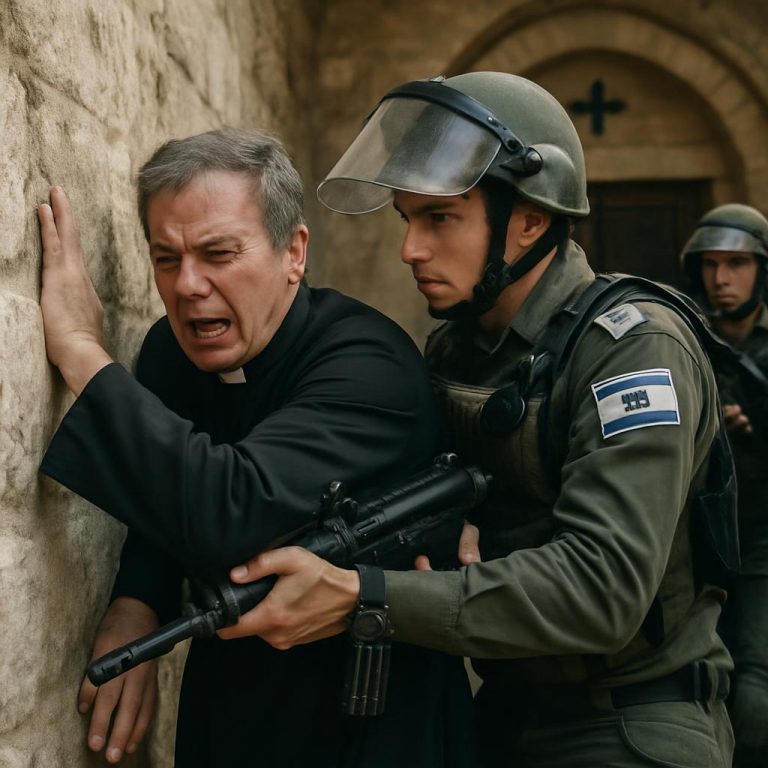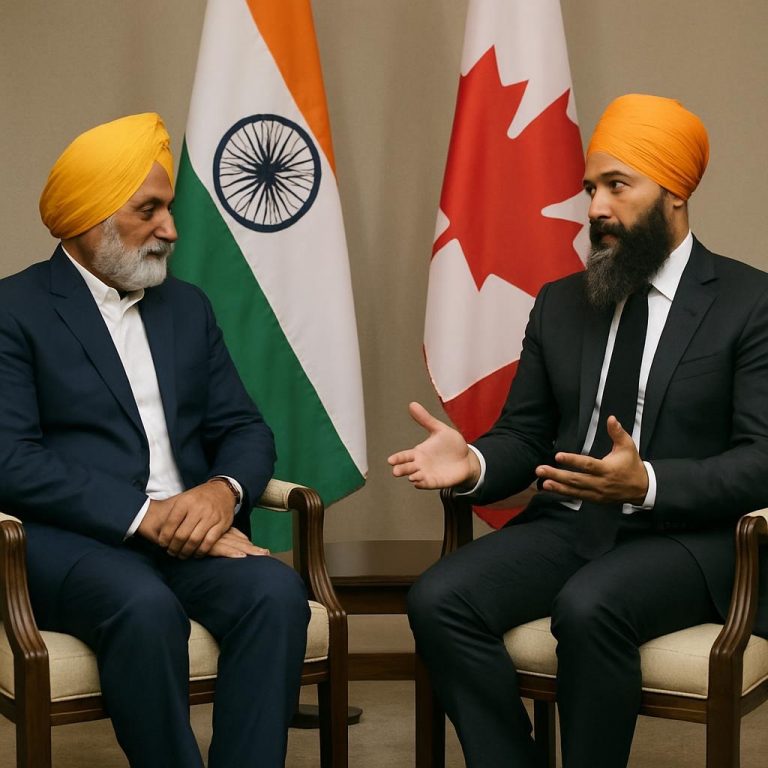
The fragmentation of the Russian Federation is a complex possibility shaped by historical precedents, ethnic divides, military pressures, and geopolitical dynamics. While not inevitable, multiple indicators suggest that centrifugal forces are intensifying.
🧭 Historical & Structural Context
- Historical precedents include the collapse of the Austro-Hungarian Empire, Yugoslavia, and the Soviet Union—each fragmented due to ethnic nationalism, economic decline, and weak central authority. Russia’s ethnofederal design echoes these vulnerabilities source Cambridge University Press & Assessment.
- The Soviet collapse unleashed nationalist movements and created unresolved territorial disputes. Chechnya’s wars and tensions in Tatarstan and Dagestan stem from this legacy source Britannica.
- Russia’s federal structure includes 83 subjects, many with ethnic identities. While designed to manage diversity, it also institutionalizes potential fault lines for secession source Wikipedia.
🔥 Internal Pressures & Ethnic Divides
- Separatist sentiment has emerged in Chechnya, Tatarstan, Bashkortostan, Buryatia, Kalmykia, and the Komi Republic. Movements like the Ural Republic and Ingria have gained symbolic traction source Worldcrunch.
- Economic disparities between Moscow and peripheral regions deepen resentment. Wealth is concentrated in urban centers, while rural republics face poverty and underinvestment source after-russia.org.
- Suppression of regional languages—especially in Indigenous republics—undermines cultural identity and fuels alienation. Kremlin policies have marginalized minority languages in education and media source The Moscow Times.
💣 Political & Military Factors
- The war in Ukraine has strained Russia’s military and exposed internal fractures. Ethnic minorities are disproportionately conscripted, fueling unrest in republics like Buryatia and Dagestan source CSIS.
- A leadership crisis—such as Putin’s exit—could unleash elite rivalries and regional power grabs. Historical transitions in Russia have often led to liberalization or instability source Council on Foreign Relations.
- Paramilitary groups like Wagner and regional militias challenge centralized control. Their mutinies and autonomy reflect a growing fragmentation of state authority source Small Wars Journal.
🌍 Geopolitical Implications
- Disintegration could destabilize nuclear control, especially if warheads are located in breakaway regions. Russia’s role in the NPT and IAEA would be severely disrupted source CNA.
- Neighboring countries like Kazakhstan, Georgia, and Ukraine could face border instability, refugee flows, and territorial disputes source The SAIS Review of International Affairs.
- China and NATO would likely respond with strategic recalibration. NATO might expand eastward, while China could assert influence in Siberia and the Far East source Newsweek.
🧠 Strategic Forecasting & Scenarios
- Plausible scenarios include:
- Violent collapse akin to Yugoslavia
- Negotiated autonomy like post-Soviet republics
- Gradual erosion through economic and institutional decay source Atlantic Council.
- Key indicators include rising ethnic protests, elite defections, regional budget deficits, military mutinies, and language suppression metrics source geopol-fragmentation-index.com.
- Post-Russian landscape could resemble both Yugoslavia’s violent breakup and the Soviet Union’s negotiated dissolution. The outcome depends on leadership, external pressure, and regional cohesion source Cambridge University Press & Assessment.
🎥 Documentary Recommendations
Here’s a curated list of documentaries that explore these themes:
| Title | Focus | Platform |
|---|---|---|
| Putin’s Way | Corruption and centralized power | PBS Frontline |
| Russia’s Lost Sons | Chechnya and separatism | BBC |
| The Rise and Fall of the Soviet Union | Historical fragmentation | History Channel |
| Ukraine: The People’s Fight | War and ethnic mobilization | ARTE |
| The Fog of War | Nuclear risks and global security | Netflix |
| Yugoslavia: Death of a Nation | Comparative collapse | BBC |
| Inside Russia’s War Machine | Paramilitary and military dynamics | VICE |
🔑 Keywords
Russia disintegration, ethnic separatism, federal structure, Soviet collapse, paramilitary groups, nuclear control, geopolitical fragmentation, China NATO response, post-Soviet space, regional disparities, language suppression, strategic forecasting, regime collapse, war in Ukraine, autonomous republics.
